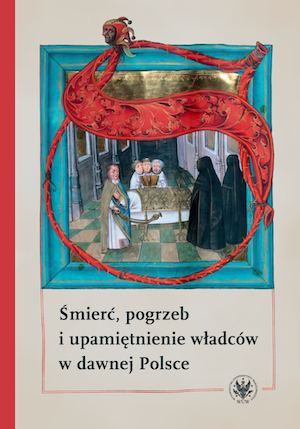Uwagi o sensie ideowym figury nagrobnej Zygmunta I Starego
Remarks on the Meaning of the Tomb Effigy of Sigismund I the Old
Author(s): Mateusz Grzęda
Subject(s): Middle Ages, 6th to 12th Centuries, 13th to 14th Centuries, 15th Century, 16th Century, 17th Century, 18th Century
Published by: Wydawnictwa Uniwersytetu Warszawskiego
Keywords: Zygmunt I Stary (Sigismund I the Old); Kaplica Zygmuntowska (Sigismund’s Chapel); Hercules; the Renaissance; tomb sculpture; Bartolomeo Berrecci
Summary/Abstract: The article discusses the meaning of the tomb effigy of Sigismund I the Old in his burial chapel at Cracow cathedral. It has been observed that distinctive way of posing the figure of the king in armour that represents the demi-gisant type could have been inspired by the ancient depictions of gods and heroes. Neoplatonic connotations of such an image were also underlined: a reclining monarch awakening from his sleep indicated the moment when the soul was leaving the body. According to the author appropriating the demi-gisant type for the Cracow tomb effigy was likely to demonstrate the analogy between Sigismund I and Hercules. It referred to the motive of Hercules at the crossroads (Hercules in bivio) based on the story in which the pagan hero, faced with a life choice, decided to follow path of virtue and earned himself eternal glory and salvation. Given the sepulcral context of the chapel, the formula of semi-recumbent effigy of the king must have evoked the association with Hercules as the only hero who was granted immortality. Thus, introducing the ancient pagan formula to the artistic setting of the king’s tomb did not undermine its Christian message – on the contrary, it corresponded perfectly with the eschatological views of Sigismund I, who repeatedly expressed his absolute conviction that kings were to be redeemed.
Book: Śmierć, pogrzeb i upamiętnienie władców w dawnej Polsce
- Page Range: 100-123
- Page Count: 24
- Publication Year: 2020
- Language: Polish
- Content File-PDF

